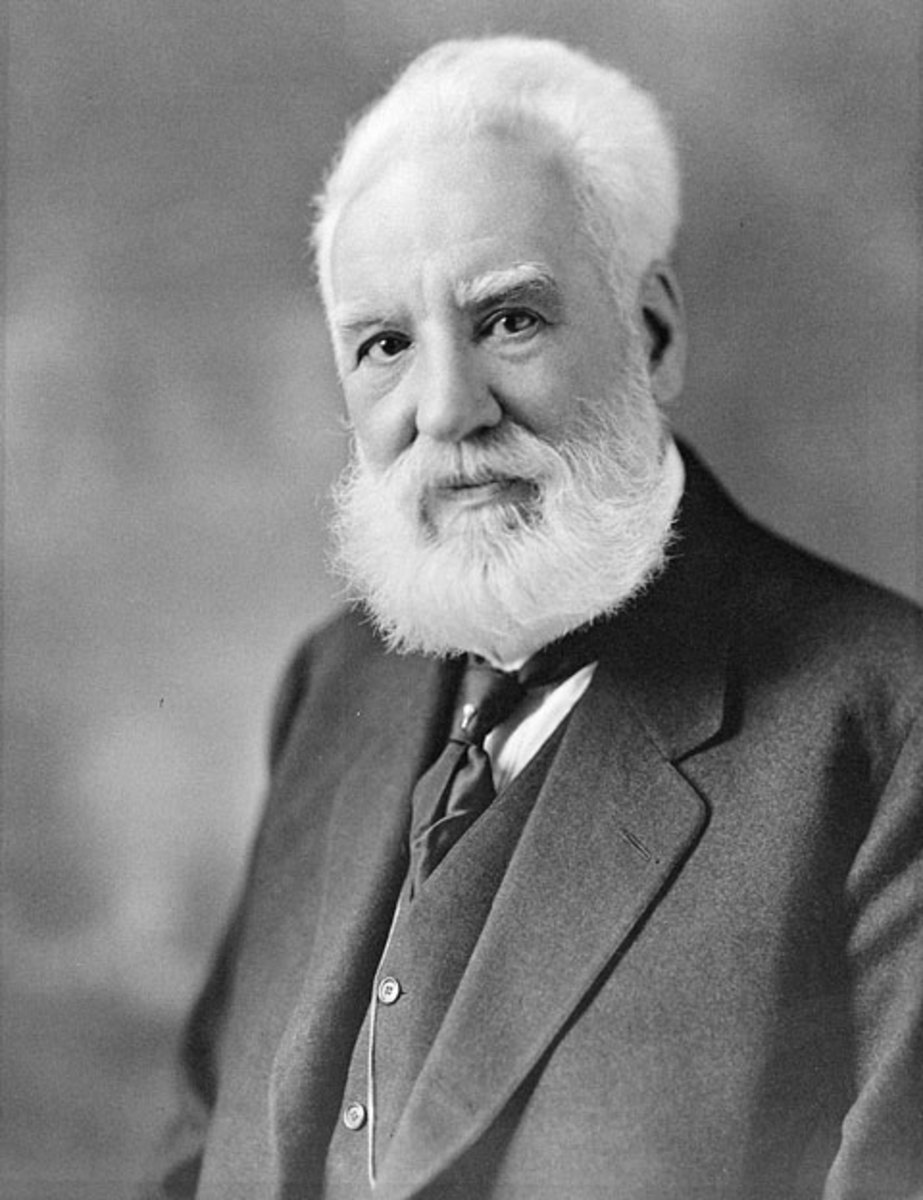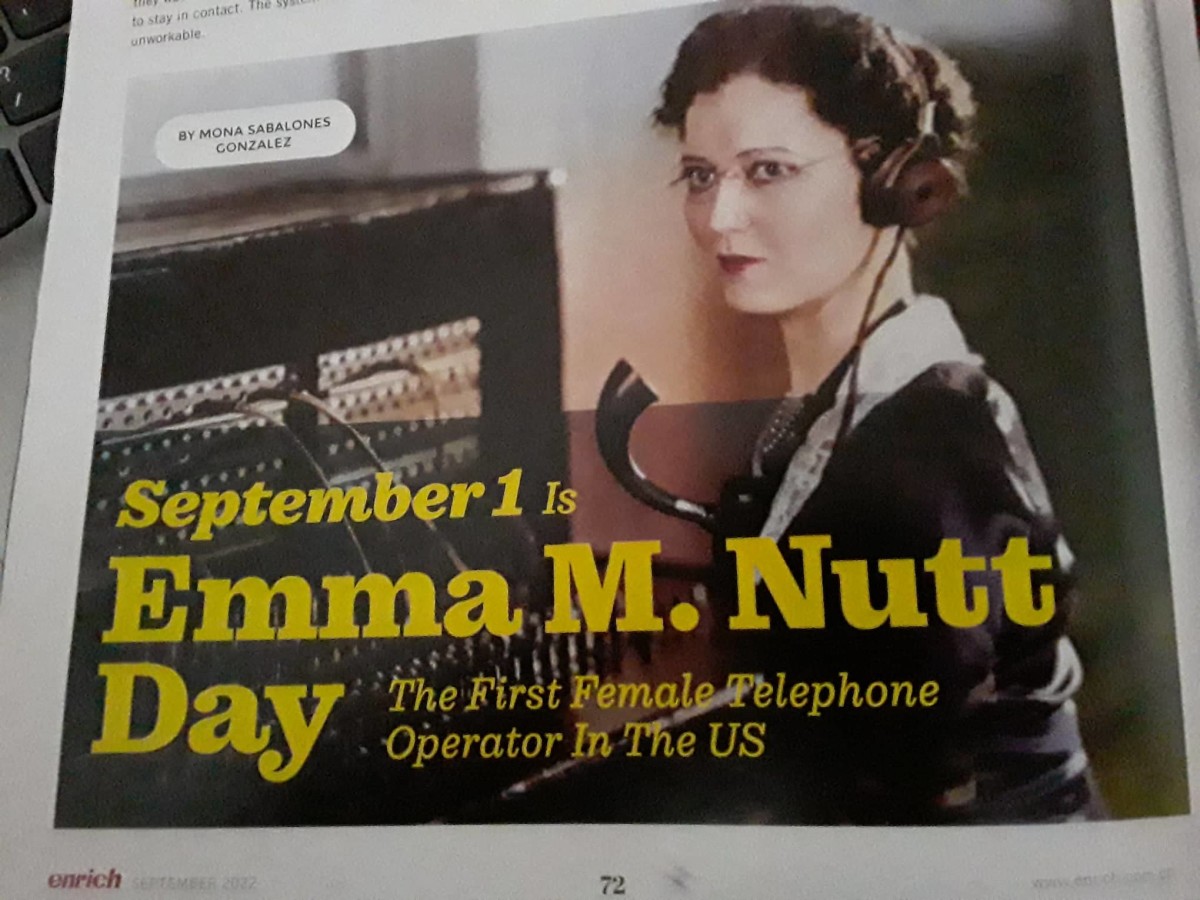The Fascinating History of the Telephone
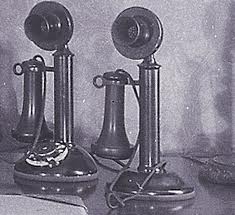
Being the last of eight children and having an older mother and grandparents provided me a rich oral history of the technology my family used from 1900 to present.
If one had a telephone back in those days, the lines and poles had to be paid for by the person to run to another location or town or even a few hundred miles away. You were considered wealthy or on your way to being wealthy if you had money to invest in such a contraption.
Before Alexandra Graham Bell invented the U.S. telephone system and created Bell Telephone (now known as AT&T) in the 1870's, the telegraph reigned supreme for the previous 30 years. The system of tapping out one letter at a time with a dot-dash-dot morse code was the way to transmit messages across the country and the Atlantic Ocean. Bell, whose parents were teachers of elocution, taught and studied speech, sound, and the use of electricity. Bell realized he could transmit sound and thus invented the telephone.
There were many others around the world who came to the same conclusion. Elisha Gray being another American who fought in the court systems for the rights of the telephone patent. Bell won, though, and on March 10, 1876, said the first thing over his new invention, the telephone, "Mr. Watson, come here. I want to see you." And so it began...
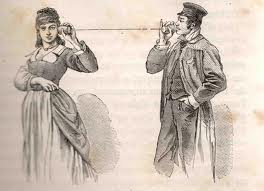

Before the Telephone
Of course, we know about the telegraph system, but there were other forms of communications through "the lines." One form of communication that every kid is probably familiar with is the "tin can phone" with a string or wire between two cans. Placing the can to the ear, pulling the two ends to make the string or wire taut, and waiting for the spoken message to travel to our end has been around for centuries.
Our 20th century generations have used this form of communications for science projects on sound and experimentation in play.
But long before we used the "lover's phone" or "tin can phone," people were using these to speak to each other between rooms and buildings.
Another similar form that has been used on ships of the past through today are the "speaking tubes." Using the extension of tubes to speak through. Today, we might think of Christmas wrapping tubes. Our toddlers are fascinated when we speak into them while they hold the tube to their ear. On the other hand, our 10 year old kid enjoys chasing the dog around the house bellowing like an elephant.
It seems the human race has always been fascinated with the science of sound and improving communication over time.
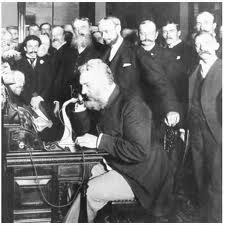
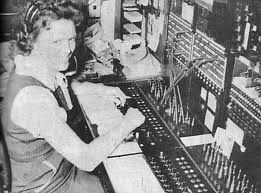
The Telephone Takes to the Airways
After the many disputes of who actually earned the rights to the telephone patent, Alexander Graham Bell won. With much financial backing, he took the invention and started a revolution that is still tremendously effective today. Can you imagine being without a phone?
The first telephone was in Wisconsin. Banker Alfred Galpin ran a line between his home to his bank in 1877. Later he built a switchboard including 25 lines to different people in the town.
In 1878, Richard Valentine went to Milwaukee to convince businessmen and the wealthy patrons of the city that the effectiveness of having a telephone system was worthy of the investment. They saw no need for it and laughed him out of town. They would soon have a change of heart.
In 1879, Charles Haskins, representing Bell Telephone, did succeed in bringing the telephone system to Milwaukee. Doctors, lawyers, store owners, and many others began to see the benefits of real time communications. The telephone was up and running, and its expansion from city to city, state to state, and nation to nation created relationships and communications that would change the world forever.
Through the 1880's, Bell was able to expand telephone service in populated areas. The rates were high, but the benefits were tremendous. Only the wealthy could afford to have private lines, and the telephone was considered a luxury and remained so for years to come.
In 1893, Bell's telephone patents expired and his monopoly over the telephone system gave way to small, independent companies across the nation; though, Bell Telephone still played a major role in the the telephone system for decades to come and remains through AT&T today.
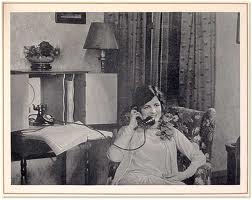
When Did the Telephone Become Popular with Common People
There were over one million phones in the U.S. in 1900 connected through the switchboard system. Most common people did not have phones installed in their homes. Many would go to a local business to use a phone or take a call. Privacy was invaded through the switchboard system and party lines. Switchboard operators usually knew everything going on in a town if they chose to listen in - most did. Those who were on party lines had to wait for their sequence of rings to know which phone on the shared line was being called. Often times, more than the intended recipient picked up.
These privacy issues continued into the 1980s. I can remember my grandmother and great aunt were on a party line when I was growing up. I also remember hearing my grandmother say in a not-so-gentle-tone, "Minnie, I know you're there. Get off the line so I can tend to MY business." Of course, Aunt Minnie had had to do the same with Grandma, too. The two women were close because this was just a fact of life they had to deal with, as did many others.
Despite privacy issues, the telephone became the rage among common people in the 1940s and 50's. The service was more affordable and the demand was there. Today, it is rare for a household not to have a telephone. When phones did become more affordable, people had one phone installed in the home. Today, with our wireless home phones, there are multiple phones placed all over the house. Some of us have graduated from the homesave phone to using only our cell phones, and the industry has made adjustments by putting up more towers to accommodate the billions of users. We've come a long way since Bell spoke those first words.
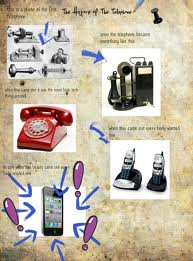
From the Telephone to the Cell Phone
The revolution of the telephone took off like wildfire. Then in the 1950s and 60's the invention of the cell phone began to come into play allowing people to take their phones with them. Many of us remember watching James Bond movies and thinking the cell phone system was a fantasy. In truth, it was based on real science. Bond using his car phone created another rage: being able to take your phone with you.
James Bond may have made the mobile system look like a high tech fantasy, but actually, it began in the 1940s, transmitting real time communications through radio waves. Ship to land communications was the first common form of this type of transmissions. It shortly moved into the form of car phones. Once more the wealthy had the market on this form of communications because it was too expensive for common folk.
Again, Bell Telephone was in the forefront of research into the mobile system. In the 40's the analog system was very limited to its area coverage but then in generations of improvement, digital then broadband networks have made the cell phone an indispensable form of communication all over the world.
Today, most people have their own cell phones. The network plans provide nationwide and international coverage. It is not free, but long distance phone calls are part of the package deal making connections between individuals and industry common.
Worldwide Communications
Alexander Graham Bell and the many other inventors of telephone technology had a vision. Did their vision realize the magnitude of its effect on the future? That the vision has made the world a smaller, easier place to navigate.


